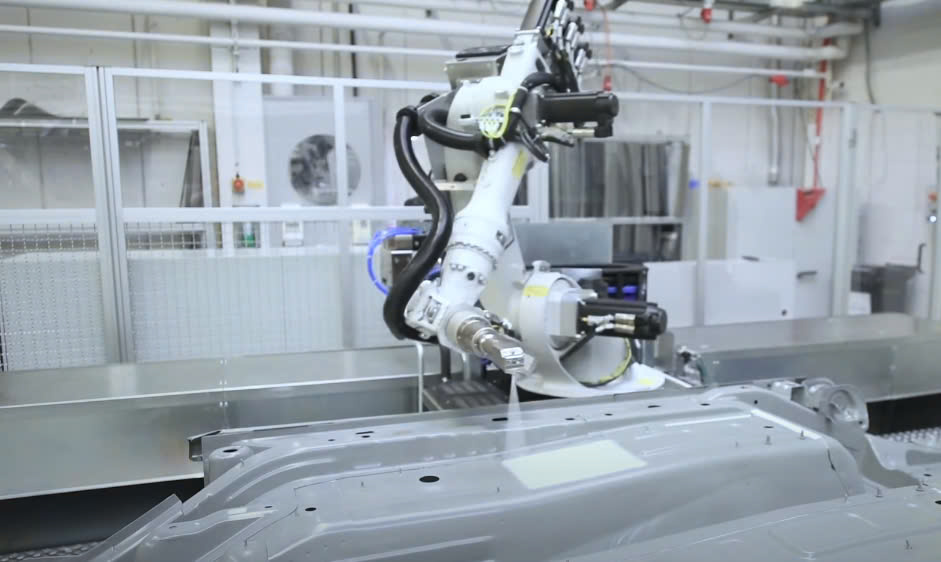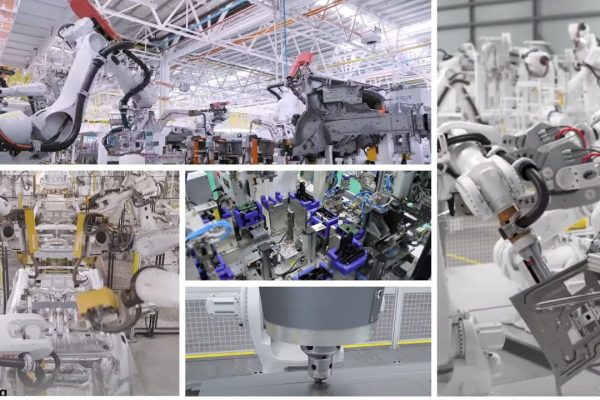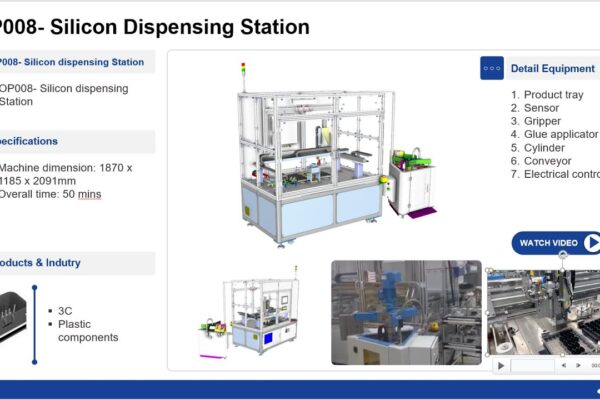Sealing is the process of creating a protective layer or barrier to prevent the intrusion or leakage of liquids, gases, dust, or other contaminants between surfaces or within a structure.
In industrial and manufacturing applications, sealing is commonly used in:
This process involves materials such as rubber, plastic, adhesives, or specialized foam to ensure durability and effective sealing.
In the past, before automation technologies were introduced, sealing was performed manually using handheld tools. Workers often had to handle liquids and materials that could pose health risks.
Today, with advances in science and technology, factories increasingly apply automation to this process. Automated sealing involves using machinery and technology, such as industrial robots, to perform sealing tasks on products or surfaces. Instead of manual labor, automated sealing enhances efficiency, accuracy, and consistency while minimizing human errors.
The continuous development of science and technology has optimized designs while maintaining high efficiency for the sealing process.

Typically, an automated sealing system includes the following components:
Automating the sealing process offers numerous benefits, such as:
Automated sealing has broad applications across various industries, including:
Automated sealing represents a crucial advancement in modern manufacturing, delivering enhanced efficiency, safety, and product quality while reducing human effort.

Our Assembly Solution is designed to enhance production efficiency, accuracy, and output while minimizing human intervention. By integrating advanced robotics, automated conveyance, and vision-guided technology, the system ensures precision in…

What is Screwiing Automation? In the past, before automation technologies were developed, screwing was primarily done manually using simple tools that relied on human labor, such as screwdrivers, handheld screw…

What is Riveting Automation? To join parts together, in addition to methods such as screw fastening, welding, or adhesive bonding, people also use the riveting method in specific locations. Riveting…

What is Gluing Automation? Since ancient times, people have known how to bond materials, seal, or protect surfaces by manually applying, spreading, or spraying adhesive using simple tools. This traditional…